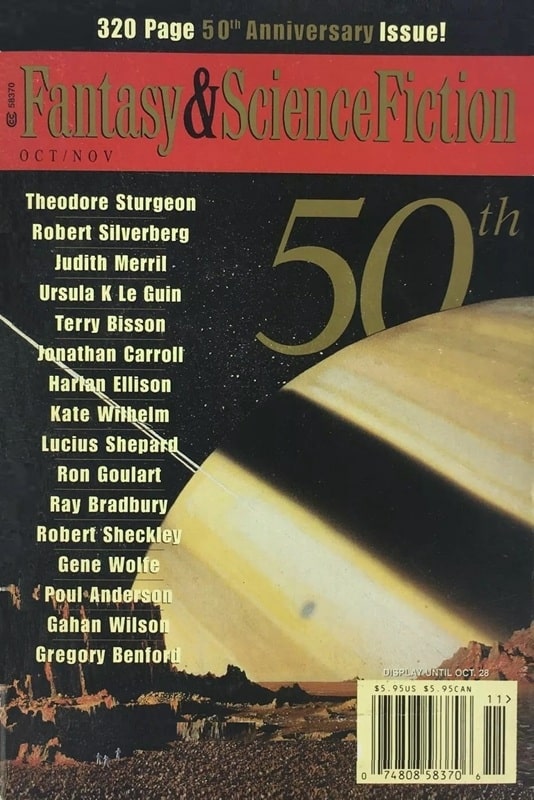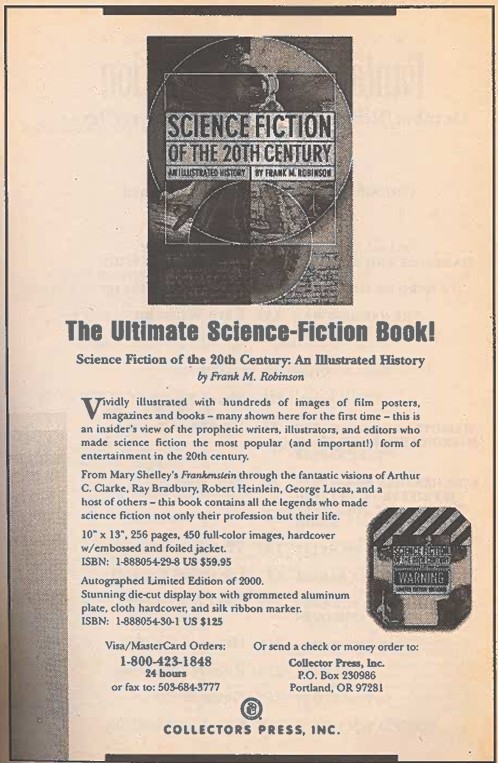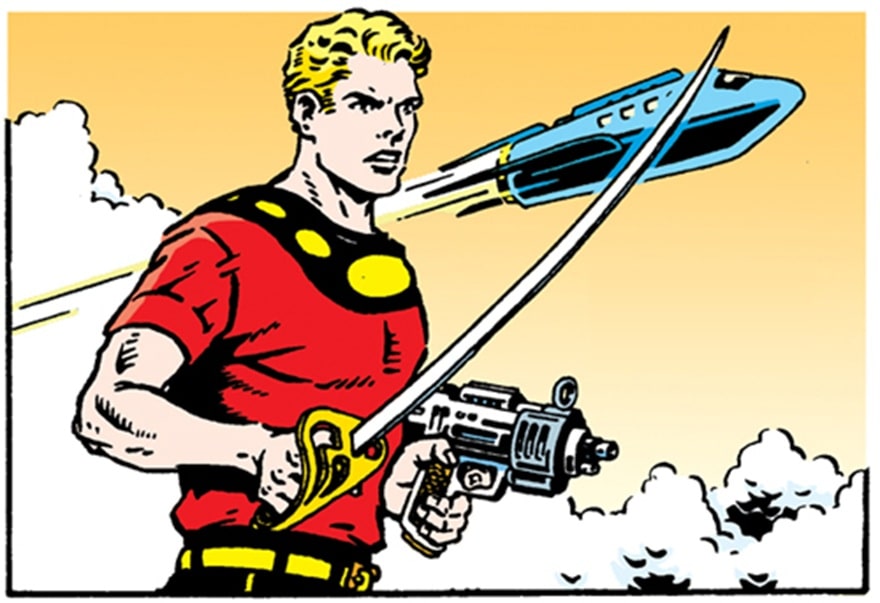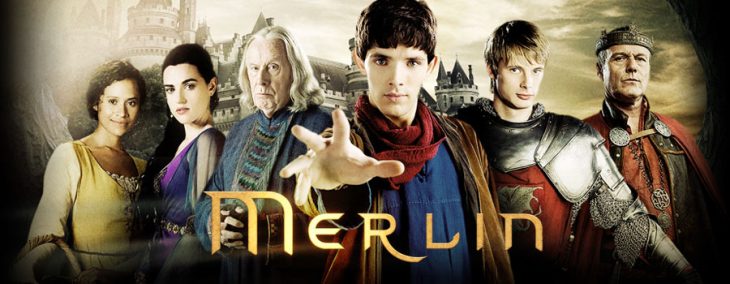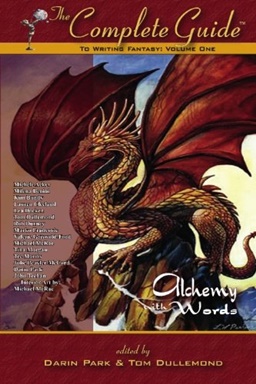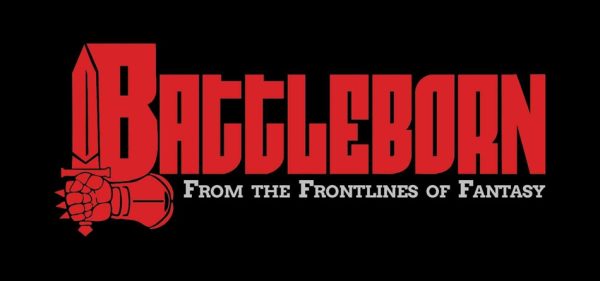Foreign Bodies, Part II
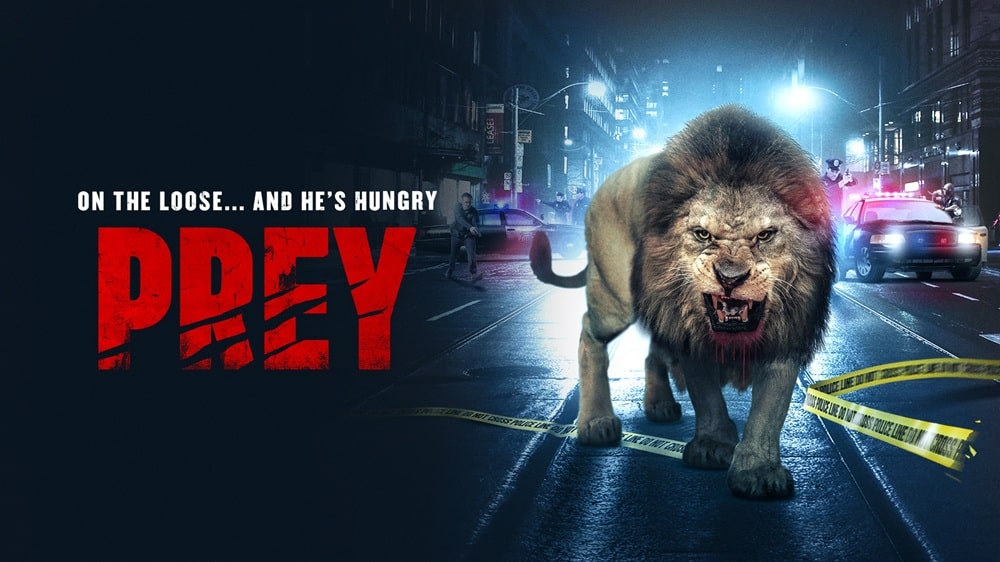
A new, twenty-film watch-a-thon, this time looking at horror films from around the world. The rules are the same — they must be films I haven’t seen before, and they must be free to stream.
With a bit of luck, this new watch project will feature a lot more quality films as I unearth horror from around the globe. With that said…
Uncaged (AKA Prey) – Netherlands – (2016)
We are introduced to Lizzy (Sophie van Winden) with her hand down a crocodile’s gullet, trying to retrieve a cellphone. This tells us a couple of things; she’s fearless, and she’s okay working with large animal puppets. This will come in useful. Lizzy is called in by the police as an expert after some folks turn up mangled, having been mauled to death by something big. Following another attack on a golf course, a rogue lion is confirmed, and it seems to have set its sights on Amsterdam.
After a series of botched and bloody attempts to trap the beast, Lizzy teams up with her dodgy boyfriend, cameraman Dave (Julian Looman), and her old flame, British hunter Jack De La Rue (Mark Frost), who is confined to an impressive wheelchair due to the last lion he hunted biting his leg off. After much larking around, the final confrontation takes place in Amsterdam University, and things get messy for a fun climax.

